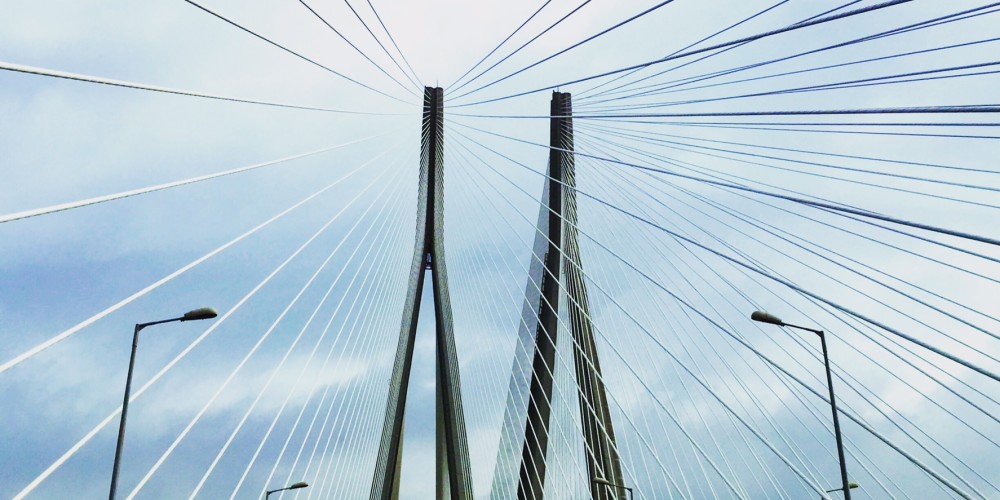When vehicles start driving themselves – what happens next?

Last week I wrote about the phenomenon of autonomous vehicles that is on the horizon. Some futurists think that this technology will rival the smartphone in its potential to disrupt our world. This week, let’s trace out where the effects may fall.
As indicated last week, car ownership will change dramatically. Consumer purchasing of cars will downshift, as only the real enthusiasts persist with car ownership and driving themselves. Today’s average car buyer will become a car-hirer and car-sharer. The car industry will need to cater for a few huge fleet buyers, not the millions of diverse families who were buying transportation rather than cars. The world’s big carmakers, who today make a vast range of models to cater for all pockets and needs and tastes, will have to be wide awake to deal with this change.
So will the banks who finance the purchase of vehicles; the franchisees who distribute them; the petrol companies who fuel them; and the advertisers who seduce the public to buy them.
Let’s talk accidents. KPMG estimates that the widespread adoption of self-driving cars could reduce accidents by 80 per cent, and that the frequency of accidents would decrease, from one roughly every 280,000 miles driven now to one accident per 1.6m miles driven by 2040.
I’m all for that one. Certainly on Kenya’s wild and crazy roads a world without ignorant and corruptly licensed drivers sounds very attractive indeed. We have one of the highest road casualty rates in the world, and the vast majority of those accidents are caused by man, not machine. Who gets affected by a dramatic reduction in accidents? Vehicle insurers, repair firms, mechanics, hospitals – I trust I have your attention?
The effect will not just be felt on private vehicle usage, but on public transport as well. Autonomous vehicles, with their door-to-door convenience and privacy advantages, could lay many mass transit services to waste. As Nairobi contemplates the many possible ways to reduce its awful traffic mess, the real answer may be under its nose: go full speed ahead to enable the network of maps and sensors that underpin self-driving vehicles.
What about traffic and parking? An efficient network of computer-directed autonomous vehicles is very different from today’s individually owned and directed conveyances. We have traffic jams and parking shortages because too many people use their vehicles inefficiently and at the wrong times. Mass autonomous vehicles clean up this mess, by optimizing the usage of vehicles. Car-pooling and ride-sharing becomes very easy to do. Large chunks of city real-estate no longer have to be devoted to providing parking spaces to house inefficiently millions of cars that are only used to come and go). Eliminating roadside parking slots can free up additional lanes for moving traffic.
These changes will not all be pain-free. Most people currently employed to drive and repair vehicles will not have jobs in the decades after 2020. Society must have plans for such people, and they must have plans for themselves. But remember, economic change must be seen through all lenses. Most people are going to save a great deal of time and money when self-driving vehicles are the norm. Those freed-up resources will create many new businesses and jobs. The elderly and the physically disadvantaged will benefit greatly.
Do you believe any of this? We have a long way to go, of course we do. Many legal and regulatory roadblocks exist, as does the need to invest massively in comprehensive, constantly updated digital maps and sensors. Remember, though, that once upon a time transportation without the horse, or computing without the desktop PC, were unthinkable.
I am pretty certain that the self-driving vehicle will become a part of many lives in the quite-near future. Those who think about these things early are the ones who benefit from them. The rest will be the ones who are caught napping once the change is irreversible. Certainly, if your business or occupation involves making, selling, fuelling, insuring, renting, driving, or repairing vehicles, you can’t afford to be on cruise control.
And if you think I’ve been scare-mongering here for the past two weeks, let’s make a date to meet on this page (if it’s still a page by then) in 2020 to discuss what happened.

Buy Sunny Bindra's book
UP & AHEAD
here »















